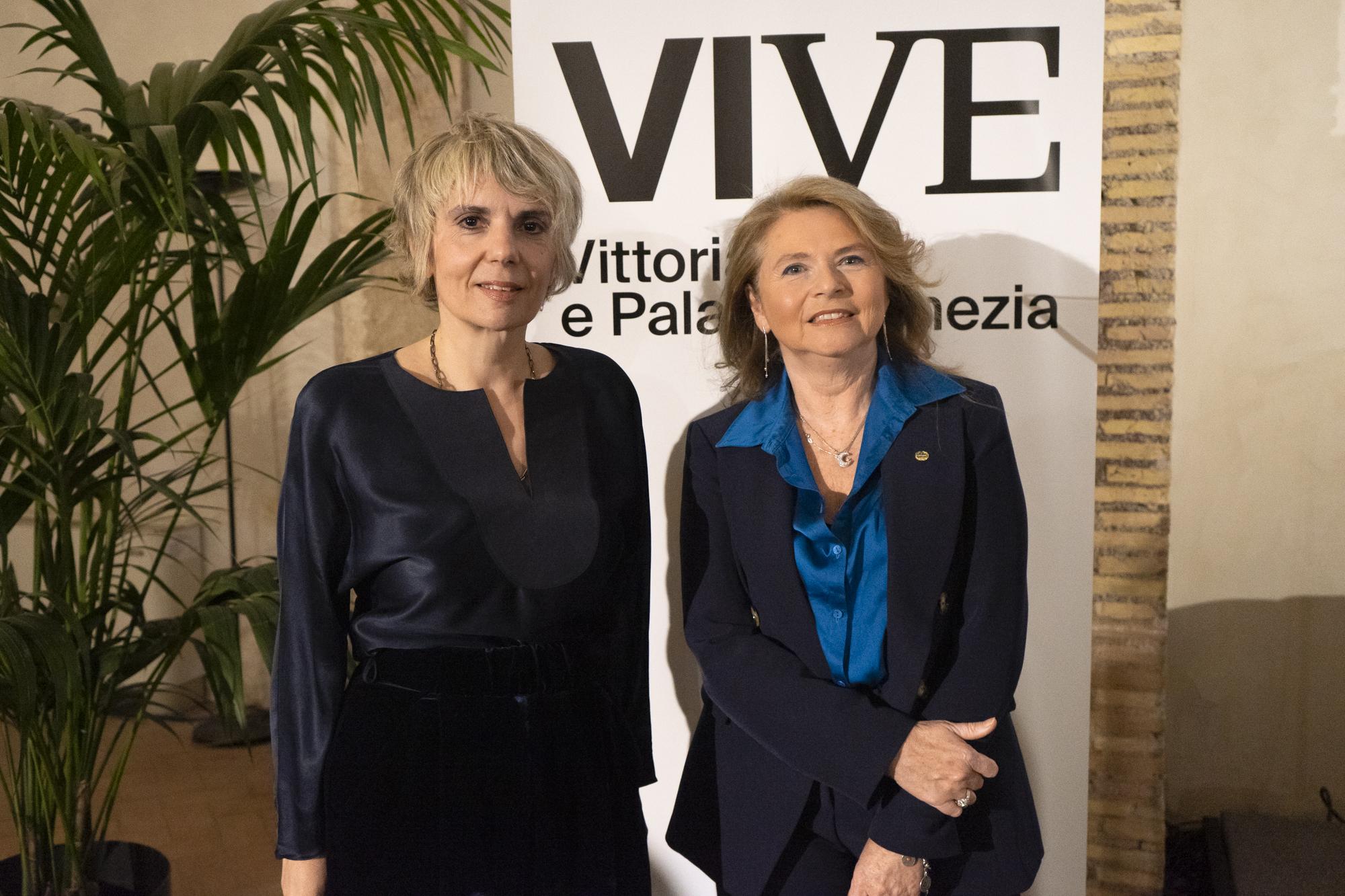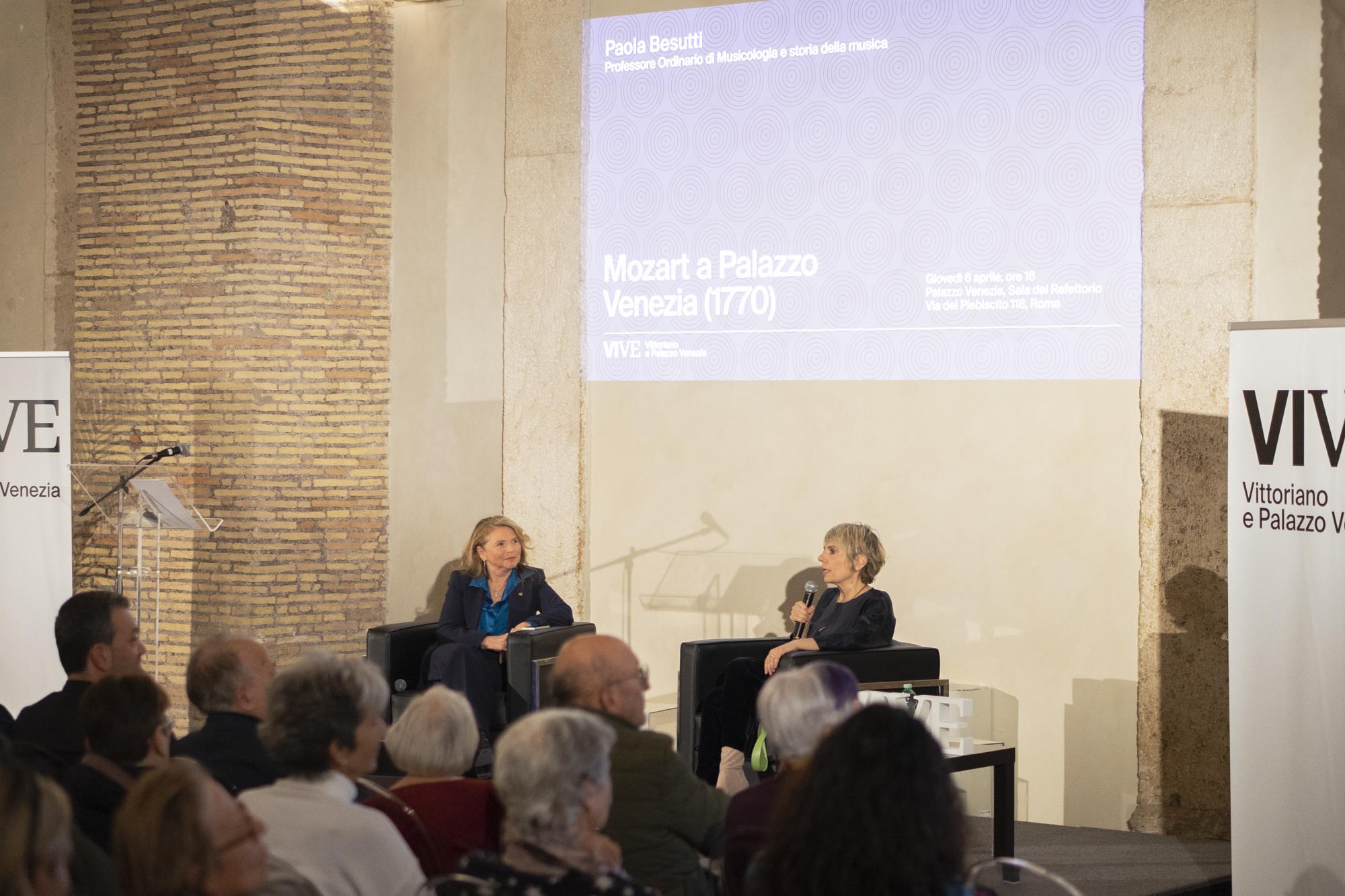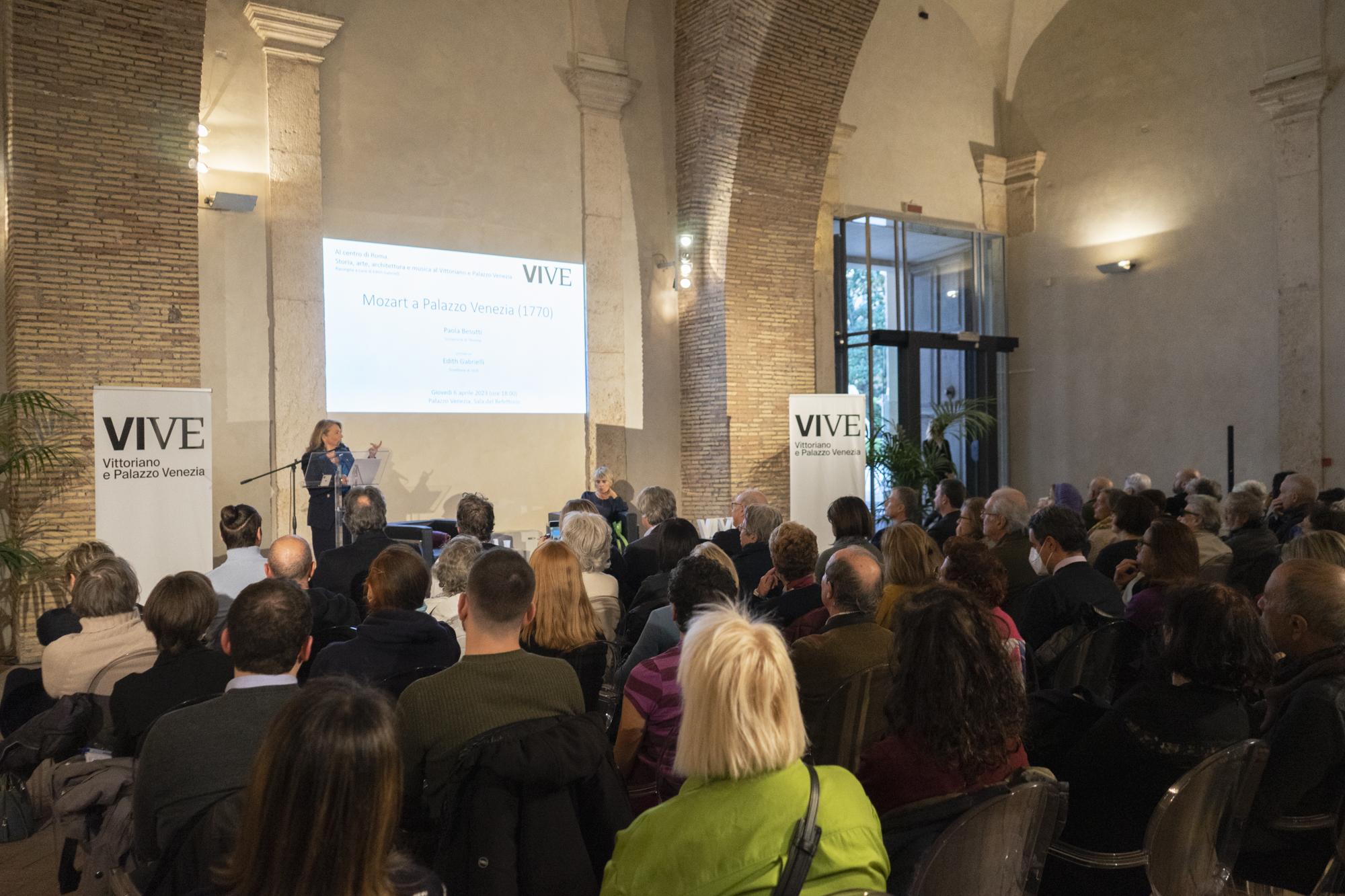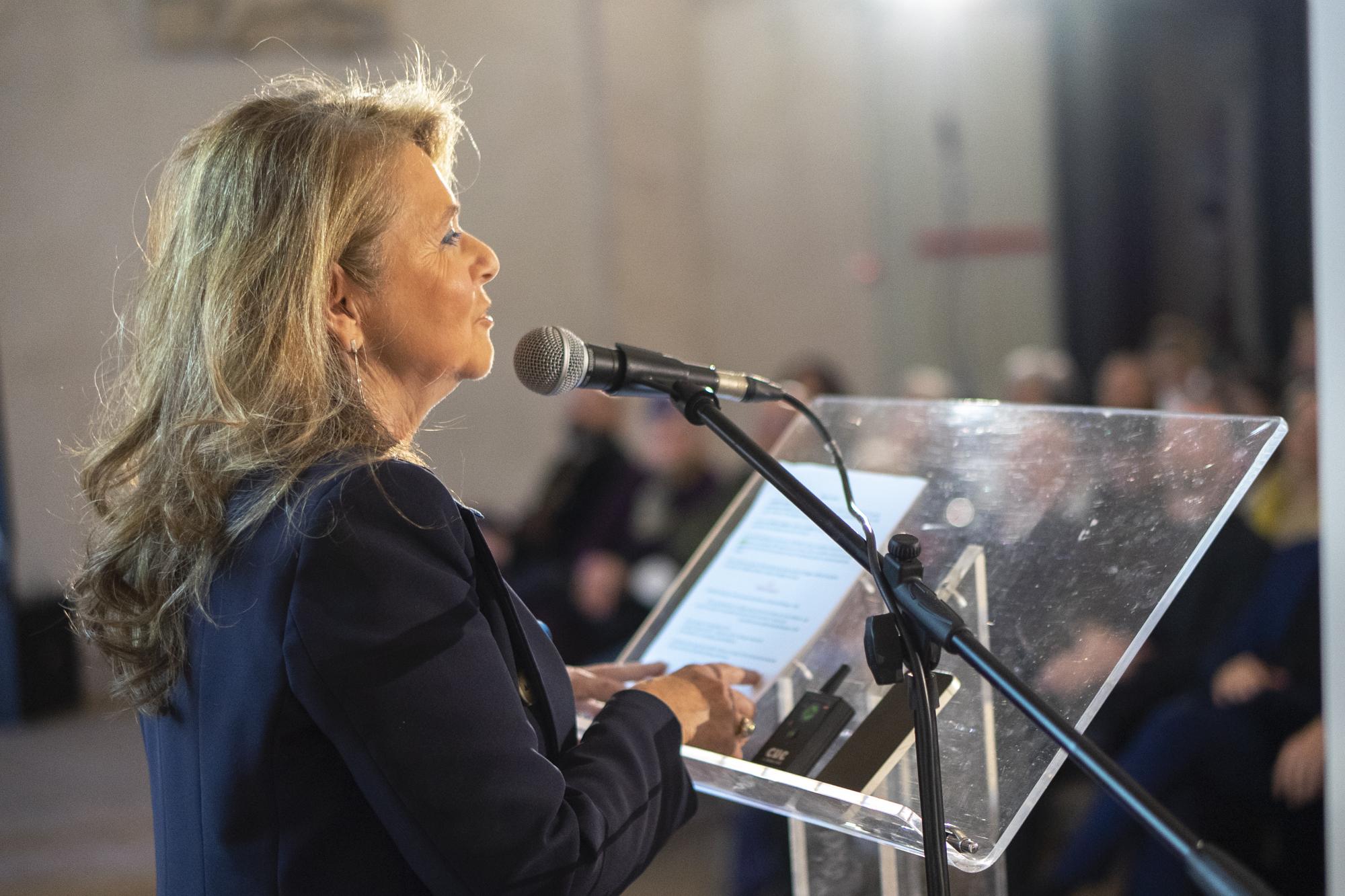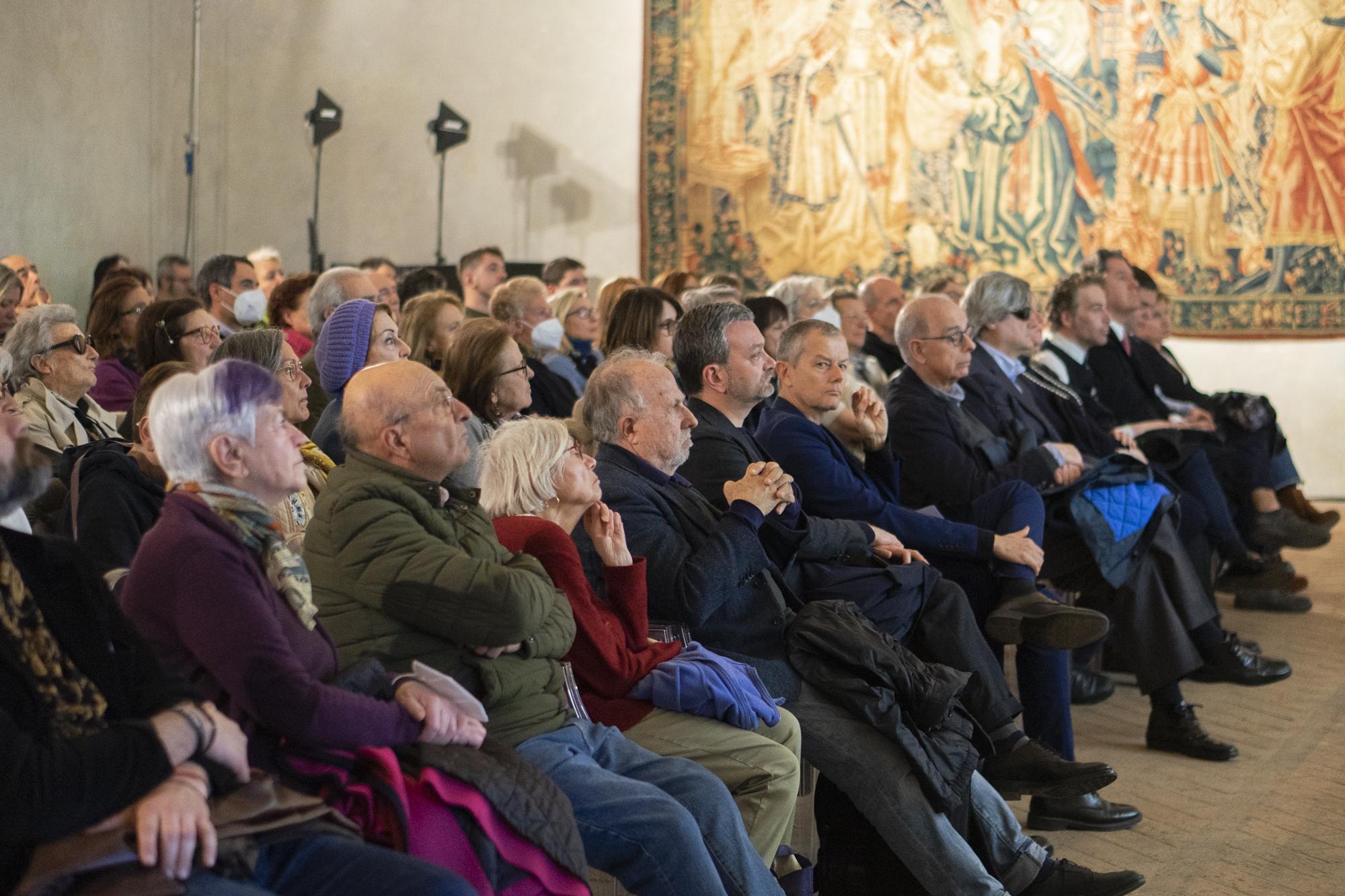SERIES: One square, so many stories series - Under the aegis of Edith Gabrielli, director of VIVE
SPEAKER: Paola Besutti
DATE: Thursday 6 April, 6 pm
PLACE: Palazzo Venezia, Sala del Refettorio
With perfect timing according to the leading guidebooks, on 11 April 1770 a prodigious 14-year-old Wolfgang Amadeus Mozart (1756-1791) arrived in Rome with his father Leopold, a violinist and teacher employed by the Prince-Archbishop of Salzburg. It was the Wednesday of Holy Week and their prime objective was to go to the Sistine Chapel for a performance of Gregorio Allegri’s legendary Miserere, the written form of which was banned from circulation. On that same day, the young boy transcribed the score from memory, perfecting it in the following days. The news spread by word of mouth and over time became emblematic of Mozart’s stay in Rome. During his nearly month-long visit, the talented youth was able to flaunt his performing skills on the harpsichord and, more importantly, his compositional talent in the city’s best-known noble and intellectual circles. On his last day (7 May), he was at Palazzo Venezia, a guest of the outgoing Venetian Republic ambassador to the Holy See, Niccolò Marcantonio Erizzo, and his consort Matilde Bentivoglio. Less known than other episodes during the Rome visit, the Mozarts’ presence at Palazzo Venezia lit up event-filled days for the Venetian embassy and its prestigious residence.

